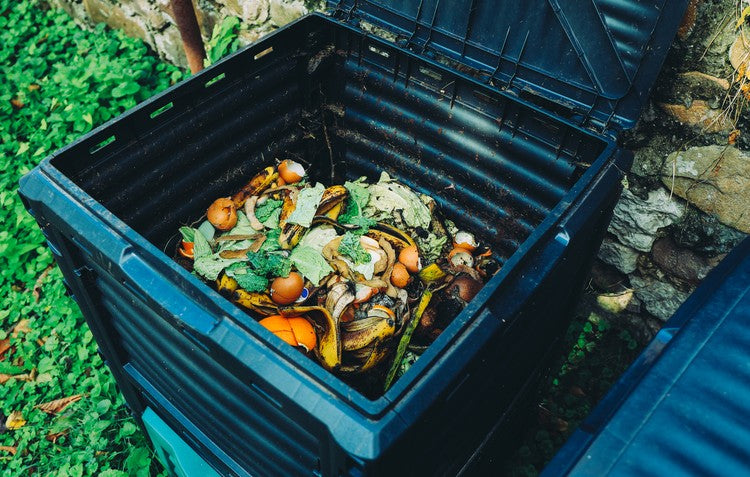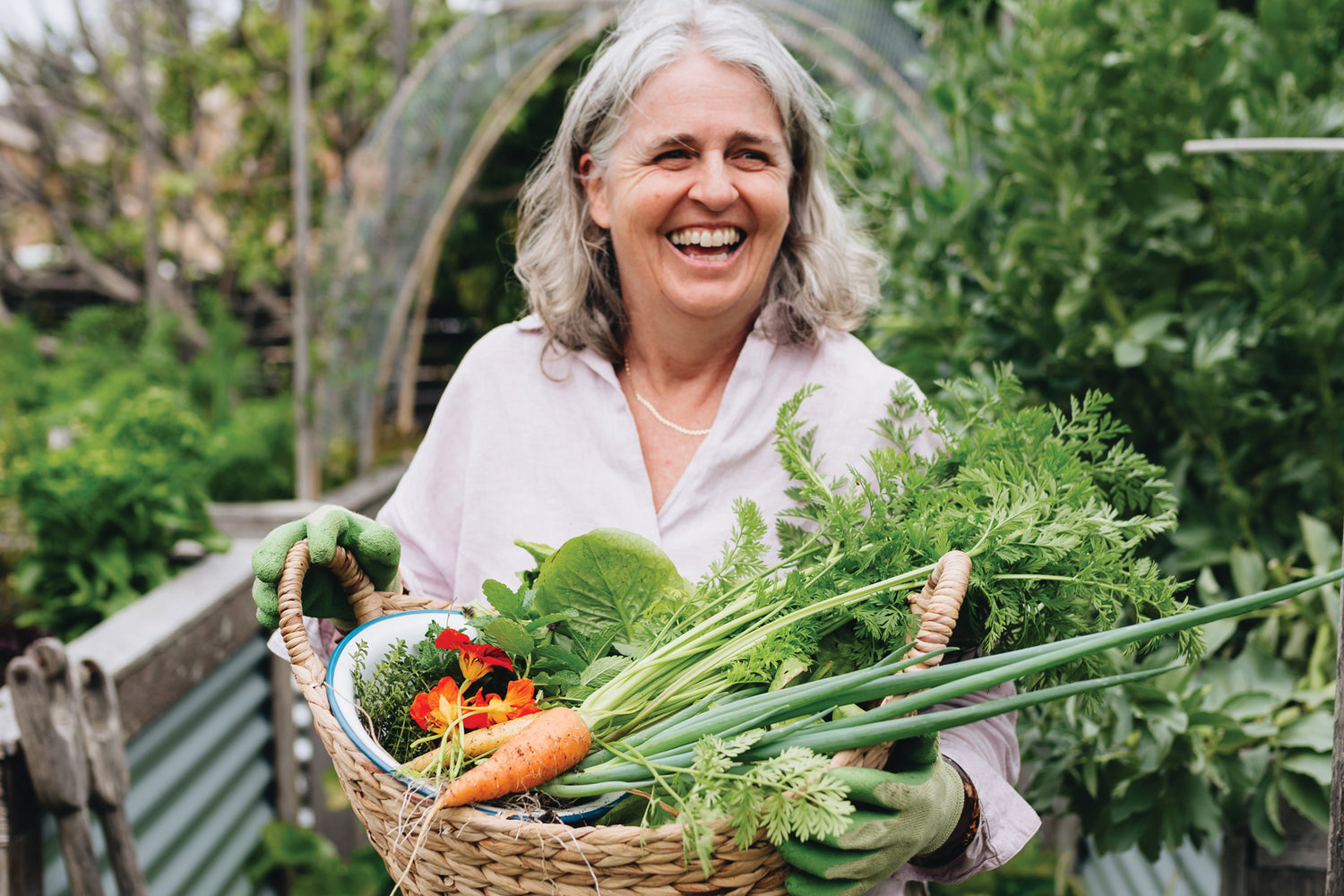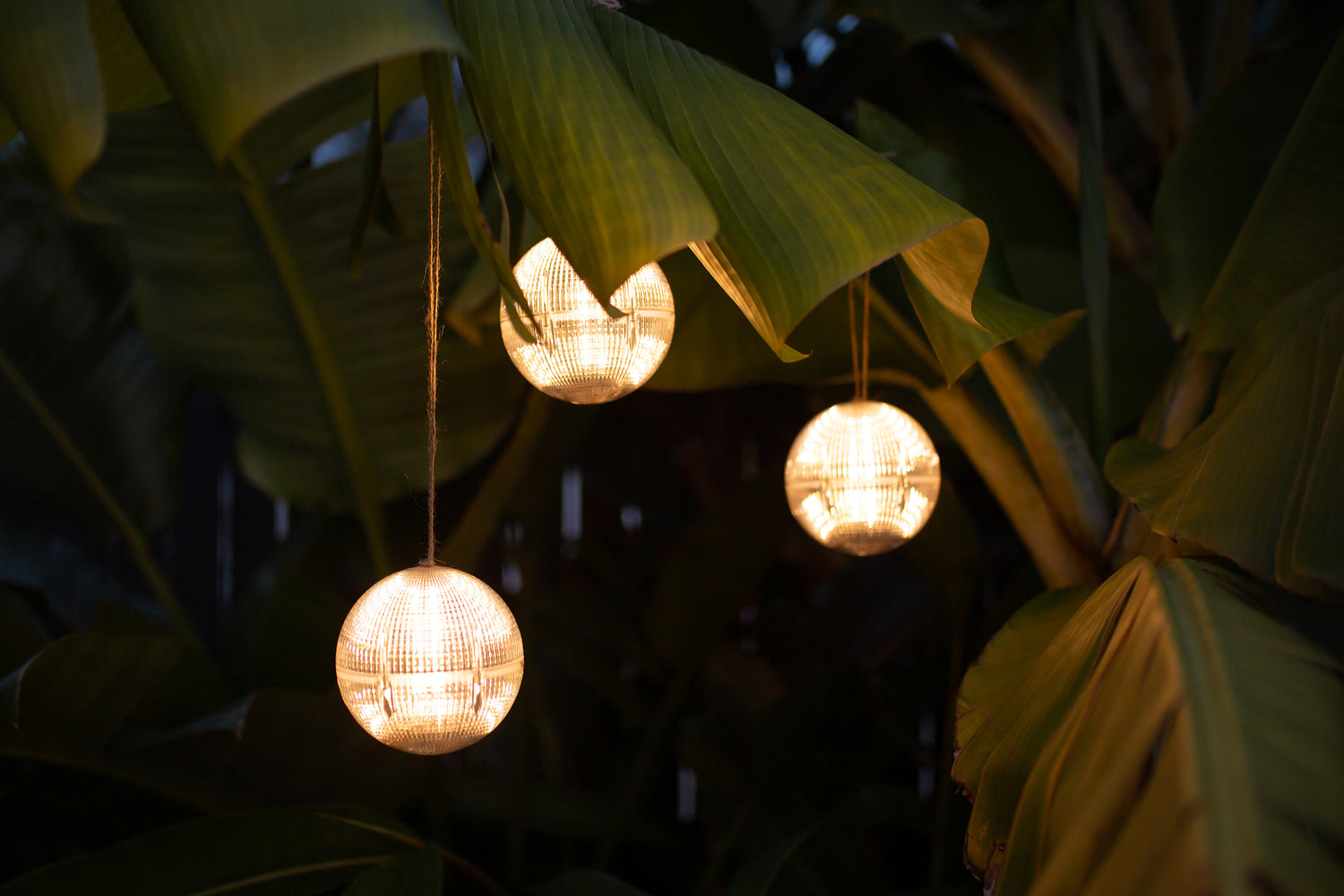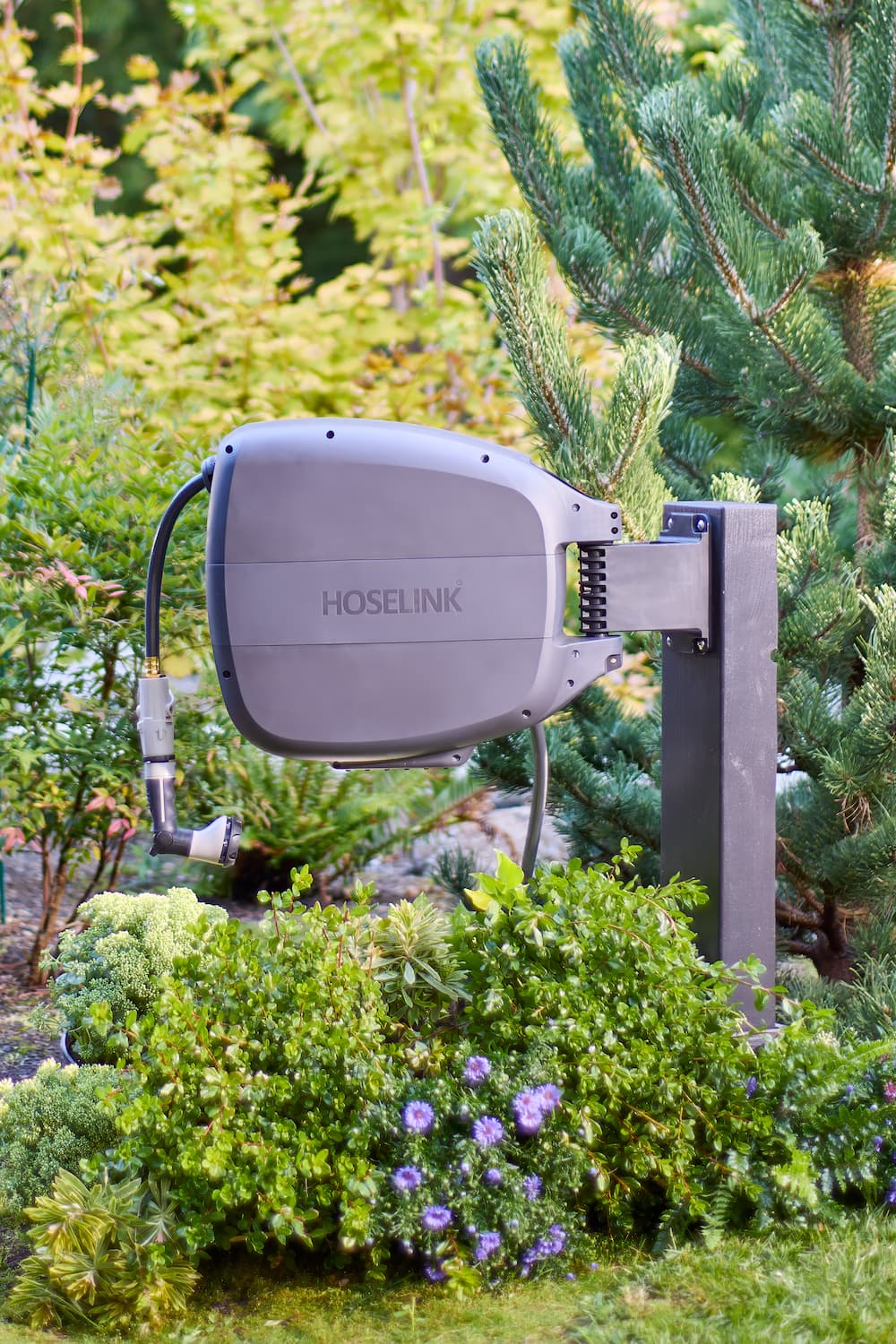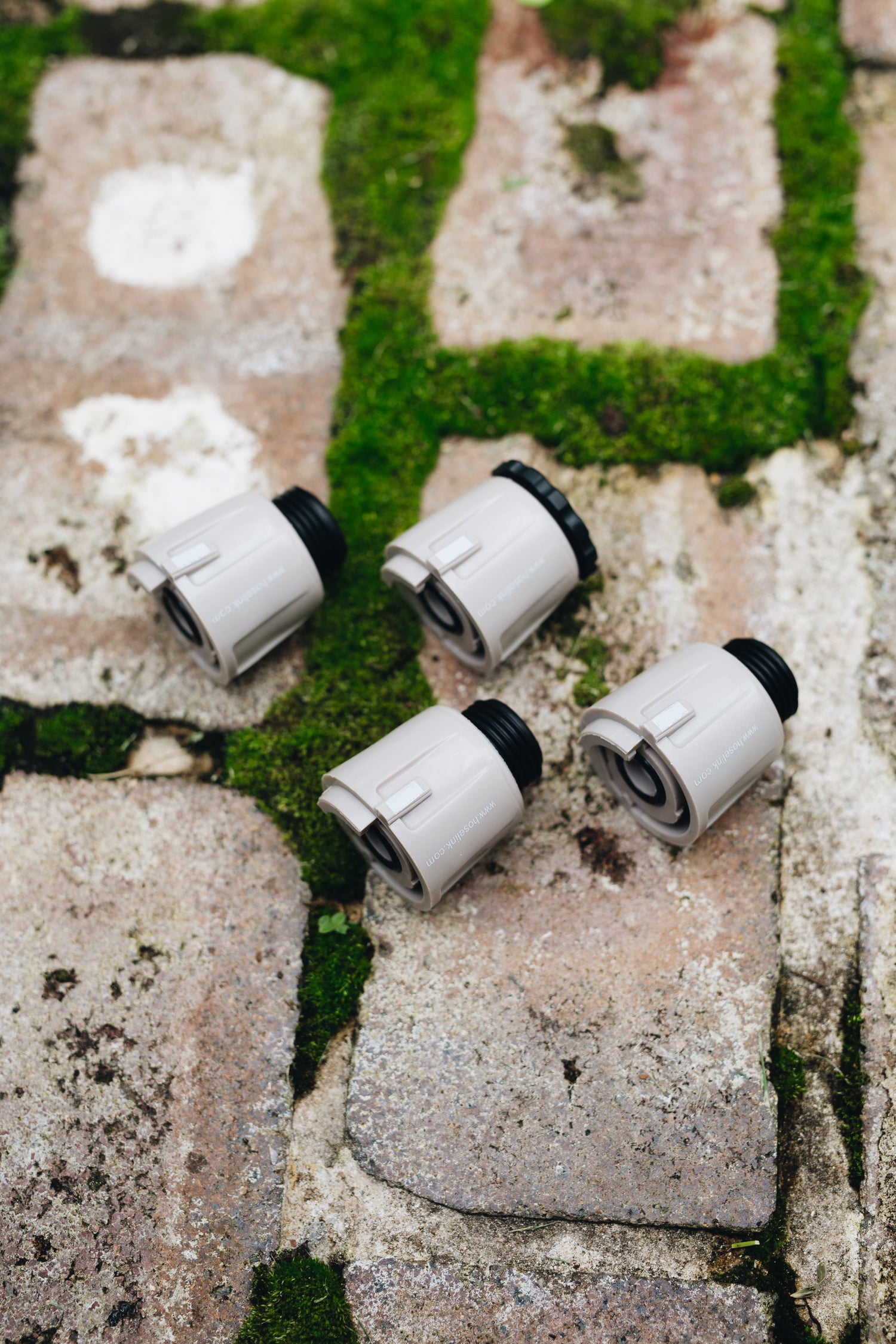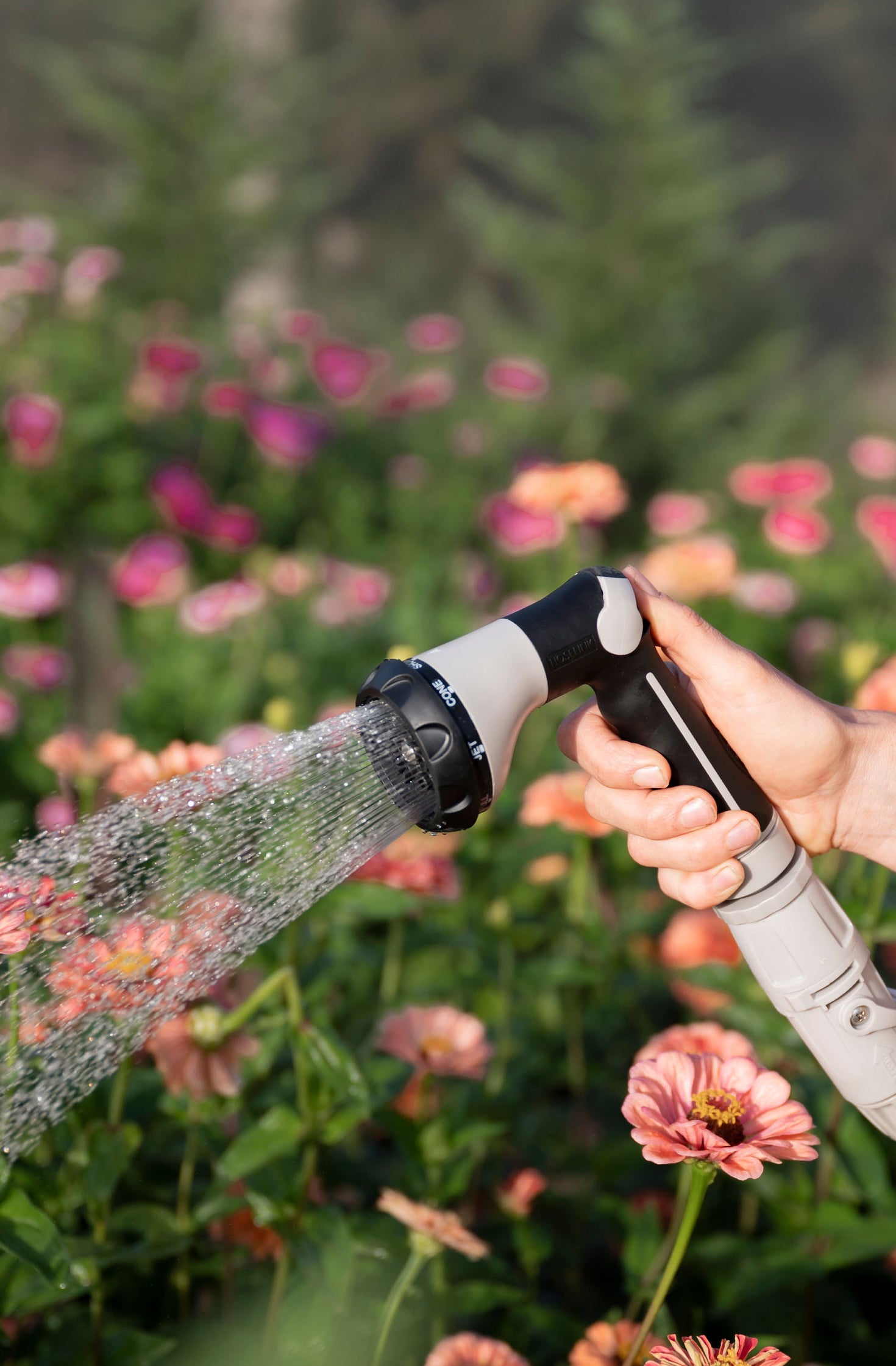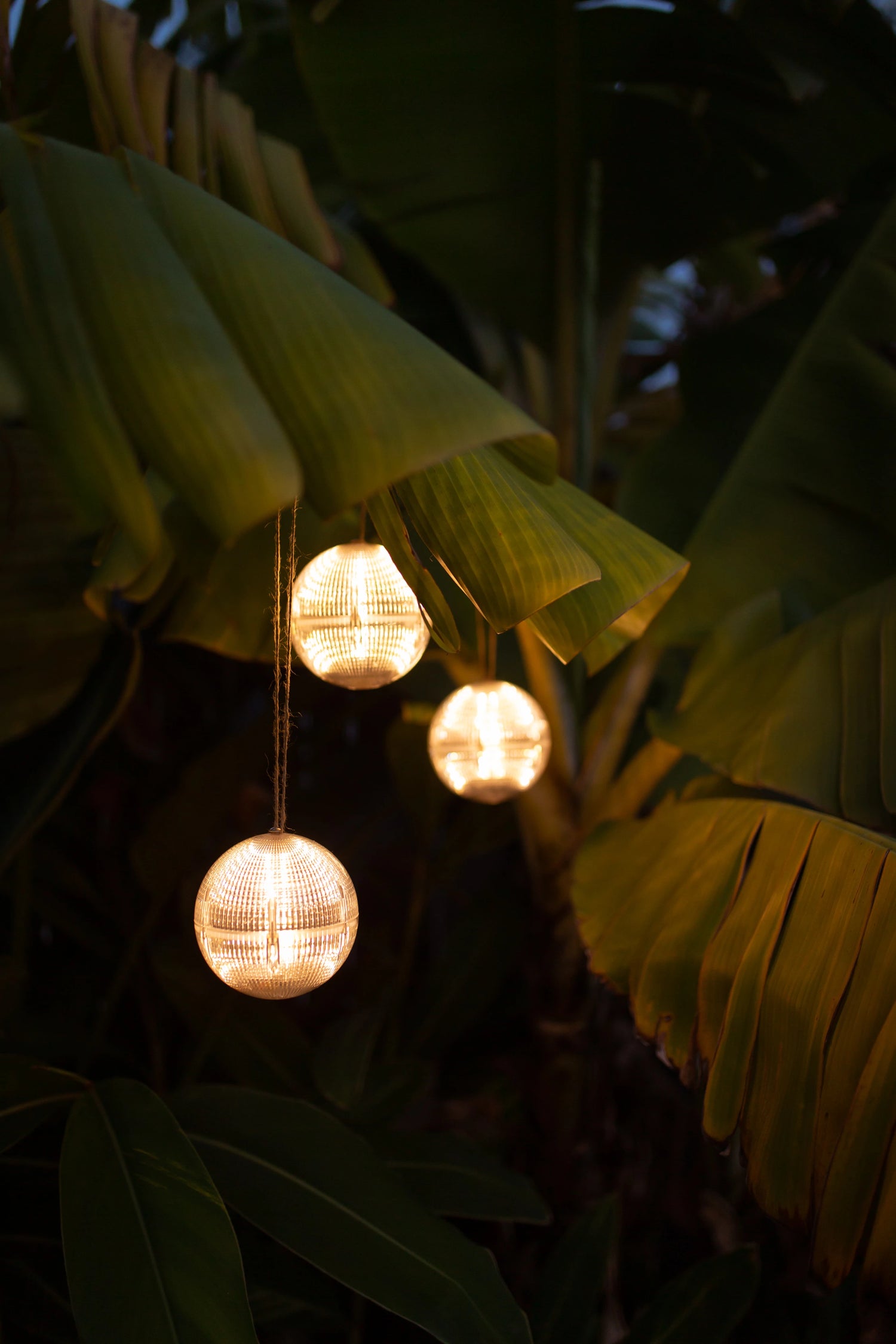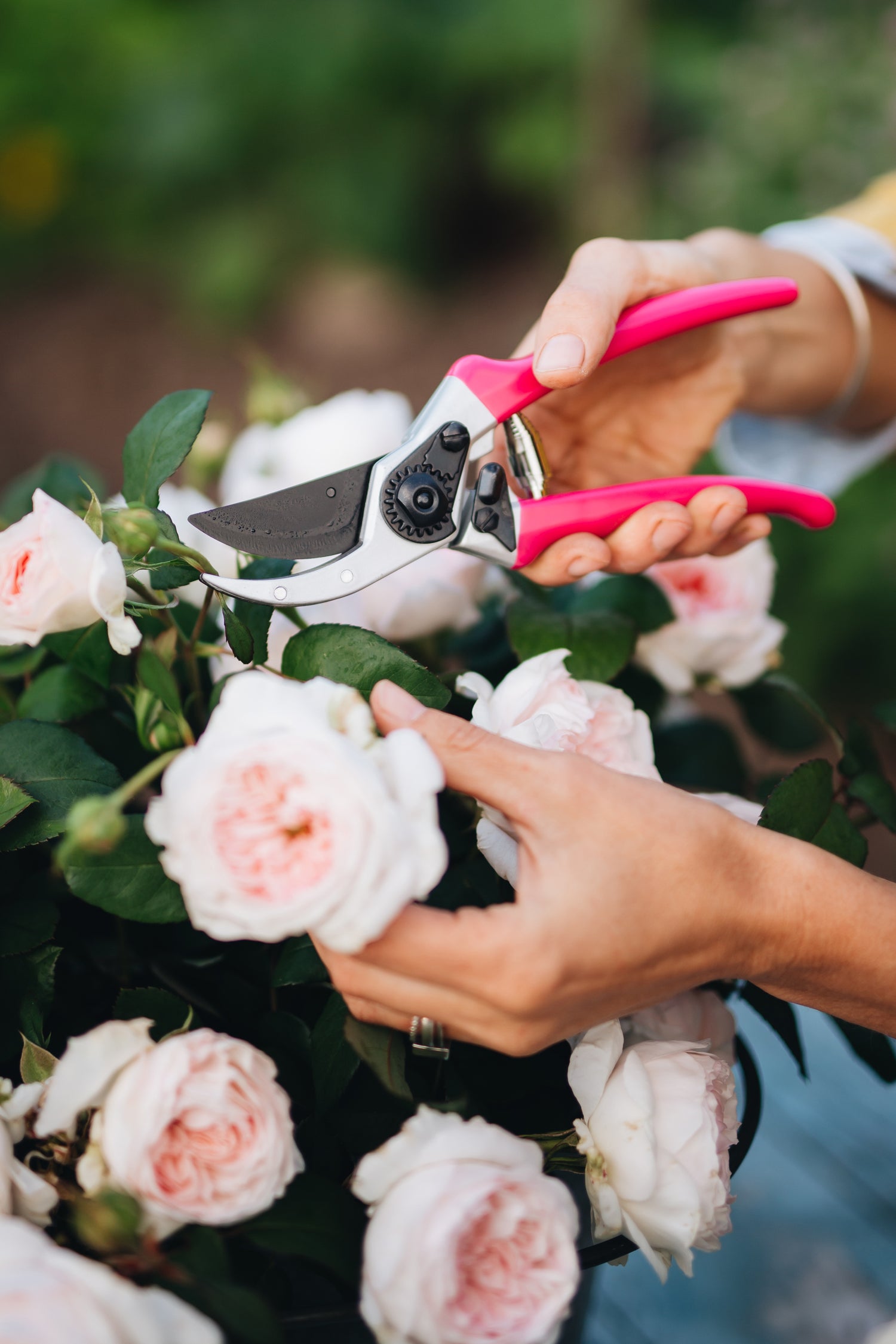What is composting and how does it work?
Compost is made up of organic materials like leaf litter, manure, and kitchen scraps that, when stored and broken down in the soil, enhance its structure and add essential nutrients. To fully understand the composting process, let’s compare it with the natural decomposition process that all living organisms go through in nature. For example, forests and bushland are filled with organic materials like trees, plants leaves, and wildlife. Over time these things die, break down and slowly decompose with the assistance of micro-organisms and earthworms. Once decomposed, they turn into humus, an essential natural element that allows for the generation of rich, nutrient-packed soil that’s responsible for the birth of new flora. This process is similar to garden composting. Once the material used has decomposed in the compost pile, you’ll find that a dark, crumbly, soil-like material will be produced.

The true benefits of composting
Creates healthier soil in the long-term
As mentioned, the components of your soil such as sand, clay, rock sediment, and other naturally occurring minerals create loosely composed particles of Humus when mixed with your organic compost. The dense, crumbly textured soil is perfect for drainage and also allows younger, more delicate roots to penetrate the surface without struggle.
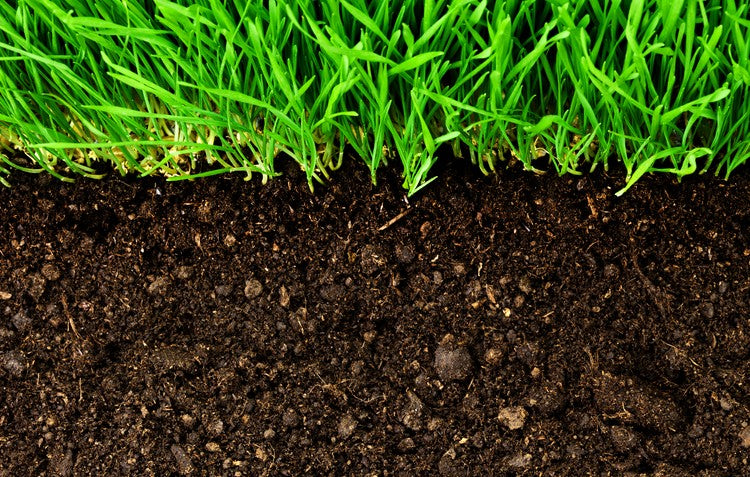
Erosion prevention
If your soil is predominantly sand or clay-based, this one’s for you! Composting can create a more flexible substructure by loosening the tightly bound particles that clump sand and clay together, allowing air to circulate freely, roots to spread without blockages, and most importantly, prevent erosion. In tandem with preventing erosion, compost also increases your soil’s water retention capabilities and decreases runoff by stimulating healthier root systems.
Nutrient retention
Composting adds vital nutrients such as nitrogen, phosphorous, and potassium, as well as micro-nutrients like copper, iron, and zinc to your soil. As commercial fertilizers are often lacking in micro-nutrients, compost acts as an extra supplement for the health of your plants. As compost decomposes, some materials break down more rapidly than others, in effect becoming its own slow-release fertilizer. The greater variety of ingredients in the compost, the more variety your soil is going to receive. Compost also neutralizes both acidic and alkaline soils, stabilizing pH levels at the ideal range for nutrient absorption.

Attracts the right outsiders
A compost-amended garden also attracts earthworms, centipedes, sowbugs, and other creepy-crawlies. Their presence proves that there is still organic material breaking down and as they burrow through the earth and create a home for themselves, they also help to aerate the soil. In addition, compost-filled gardens tend to have fewer pest problems and are more resistant to disease.
Let’s not forget that composting is also a fantastic way to lower your expenditure on pesticides, herbicides, and fertilizers, and ensures that every ounce of fresh food you’ve bought is put to good use.
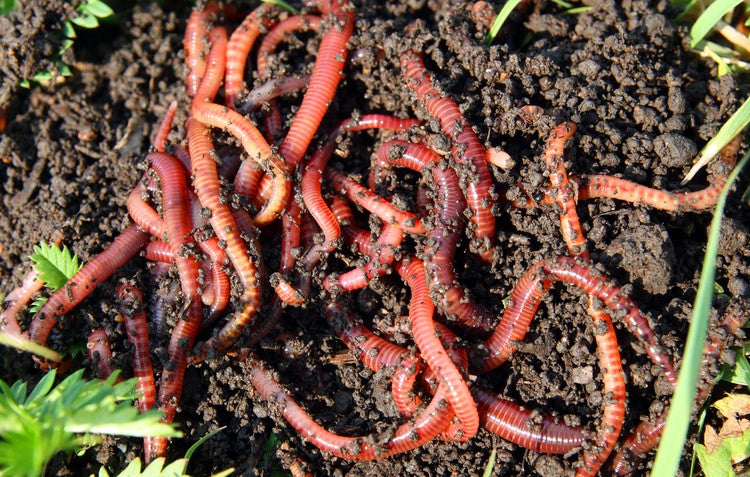
Starting a compost pile
There are a number of ways to create compost, but there are five methods that have stood the test of time: holding units, turning units, compost heaps soil incorporation, and vermicomposting. This blog will focus heap composting as it’s the easiest and cheapest method for beginners.
With heap composting, there are no structures or formations required; however, you can use a compost bin if desired, as it keeps the compost neat and tidy. If you choose to heap it in an open area, you can camouflage it with tall flowering plants or fencing, but beware of the smell!
Although you can start your pile at any time of the year, composting in fall renews depleted soil that’s been used by the previous spring and summer’s flourishing blooms. You’ll be ensuring that your garden’s ready to go come the next growing season.
Location
One of the first things you’ll consider when starting your compost pile is where it's location should be. Choose an open, flat area with good drainage, as you won’t want your compost to sit in an area where rain can pool. An area with partial sun or shade is also ideal, as too much sunlight can dry the pile out, while not enough sunlight can make it quite damp. Finally, choose a site that is easy for you to access and move around. If you’re not using a bin or an area that’s enclosed, you might want to build some form of barrier so that scavengers can’t enter and to help contain it.
Size
We recommend the size of your compost pile to be approximately 4-6ft high and no larger than 5ft long. Anything smaller may not heat up effectively, whilst anything larger may hold too much water and become difficult to turn. We recommend starting your pile on bare ground rather than on harder surfaces like concrete or stone, which could hinder aeration and prevent microbes from accessing your compost mix. Placing a pallet underneath the pile is fine, if you prefer.

What to include and avoid
Materials that can be used for compost are generally broken down into two groups: greens and browns. Browns are made up of materials like dry leaves, woodchips, sawdust, straw, cardboard, and paper, which help to add bulk and act as a source of carbon in your compost pile. Greens consist of vegetable peelings, fruit waste, teabags, plant prunings, grass cuttings and fresh manure. These substances break down quickly and deliver nitrogen as well as moisture to the soil. To aid the breakdown of your organic materials, we also recommend a special ingredient: crushed eggshells! These take more time to break down but provide additional fibre and carbon for beneficial microbes, and also allow for vital air pockets to form within the mixture.
Having the right combination of green and brown materials ensures that your compost pile develops in good health and harmony. With an unsuitable mix, your pile faces heating and moisture issues and will take longer to break down We recommend a weight ratio of 4:1 brown to green.
Substances to avoid include meat, dairy, fat or oil-based products, carnivorous pet faeces (e.g. dog, cat manure), diseased plants, weeds, and chemical-based cleaning products.
Building your pile
Your bulkier organic materials that make up the body of your compost are best suited as being the first layer closest to the soil. Start with twigs or straw, followed by your green materials such as kitchen waste and leaf litter. Continue to add layers of nitrogen and carbon materials (eggshells, cardboard, paper) until you reach the top of your pile. Make sure to lightly water each layer as added, and despite the urge you may have to press down and make the pile compact and save space, avoid it! You’ll want to keep the pile loose and mobile to let nature do its thing! We’ll explain further down...
Aerating & turning your compost
To put it simply, the benefits of turning your compost come down to one key factor: aeration. Decomposition of your organic materials occurs due to microbes, which need to be able to breathe so that they can survive and perform their job. Without oxygen, these microbes won’t form properly meaning the decomposition process slows down dramatically. Many factors can create an environment like this, some of which include compaction of your compost, too much moisture, overconsumption from microbes, and overheating. However, aerating and turning (mixing) your compost pile can prevent these things from happening.
For the beginner with an open pile or small compost bin, manual turning with a pitchfork or shovel is the best way to get the job done. Simply insert your shovel or fork into the pile and begin turning it over, much like you would toss a salad, to ensure each layer is mixed and no pockets or clumps form.
How often you turn your compost is affected by a number of factors, which include the size of your pile, the ratio of materials in the pile, and the amount of moisture held. As a rule of thumb, aim to turn your compost pile every three to seven days. Some signs that you may need to turn the compost pile more frequently include slow decomposition, pest habitation, and if you begin to notice a bad smell.

Heating your compost
Heat and compost are a marriage made in heaven. To activate compost micro-organisms and allow them to work their magic, temperatures must remain between 100-150 degrees Fahrenheit. If you’re struggling to heat up your compost, it’s most likely due to:
- An incorrect ‘brown to green’ ratio. Remember 4:1.
- A lack of moisture. As dry compost won’t decompose, you’ll want to check regularly. The simplest way to check this is to reach your hand into the pile and squeeze, if it’s dry add a few sprays of water. It should feel like a slightly damp sponge.
- Your compost pile being too small. The ideal pile should be 4-6 feet high and turned every few days.
Storing your compost
Any good gardener plans ahead, and that’s what you’ll have to do if your compost that’s going to be used for the following growing season is ready beforehand. You’ll need to ensure that the compost is kept in prime condition and remains moist and nutrient-rich. A straightforward method of compost storage is to lay a sheet or tarp or plastic over your pile. This prevents additional moisture from forming after rain or snow, but still allows for humid air to seep in and keep the pile damp and warm. It also means that you won’t need to get your hands too dirty!
Another consideration for storage is garden space. Although the easiest method, storing compost on the ground can be an eyesore and often isn’t an option in smaller backyards. If you’re using a compost bin, you can keep it in there provided that your turn your compost regularly; however, if you’re someone who's constantly replenishing their compost bin to make fresh batches, you can store existing compost in plastic bags or garbage cans.

Managing compost problems:
Flies
It’s no surprise that flies gravitate towards compost piles; they’re built entirely from their natural food sources! After eating, they’ll also lay eggs in the same area, as a way to guarantee food for their young.
If you have a problem with flies around your compost, begin by turning and then raking the pile every day, you’ll be increasing the oxygen in the middle of the heap, encouraging the organisms that decay the pile, and heating up the interior in the process. Proceed until the larvae die, forcing the flies to move to a new spot. As they disappear, or as the temperature drops, reduce the turning and raking to twice a week. Enough heat will be created without the daily chore.
Odors
The four crucial factors in composting are the material, water, oxygen and heat, and these elements must be carefully balanced to avoid harsh smells. Odors such as ammonia or sulfur are signs of an unbalanced pile or incorrect conditions.
- Turn the pile every few days to replenish your pile with oxygen for the organisms decomposing your waste.
- Increase the carbon (browns) if you smell ammonia, which indicates excess nitrogen.
- Ensure your pile or bin is placed in direct sunlight so that it can stay warm.
Sprouts appearing
If you’re guilty of throwing any and every kitchen scrap into your compost pile, there’s a good chance you’ll be including seeds in that pile. Rather than composting, if you’re pile isn’t heating up to a suitable temperature, you’ll essentially be growing your own veg! Not the worst outcome, but also not the result we’re looking for.
Remember the mechanics of your compost pile. In order to keep seeds from sprouting, your compost heap must attain a temperature between 130-150 degrees Fahrenheit and continually be turned if temperatures drop below 100 degrees.

